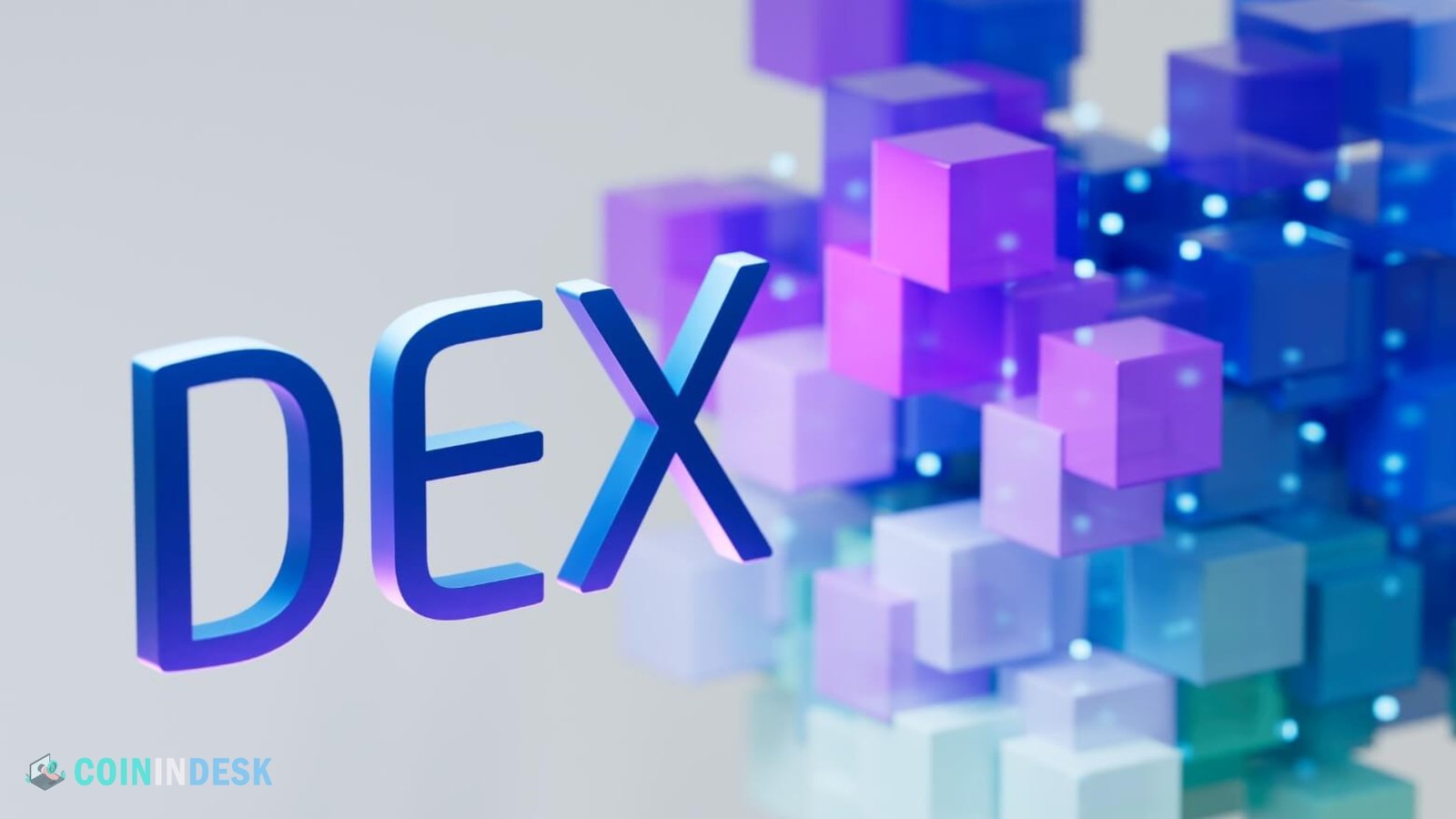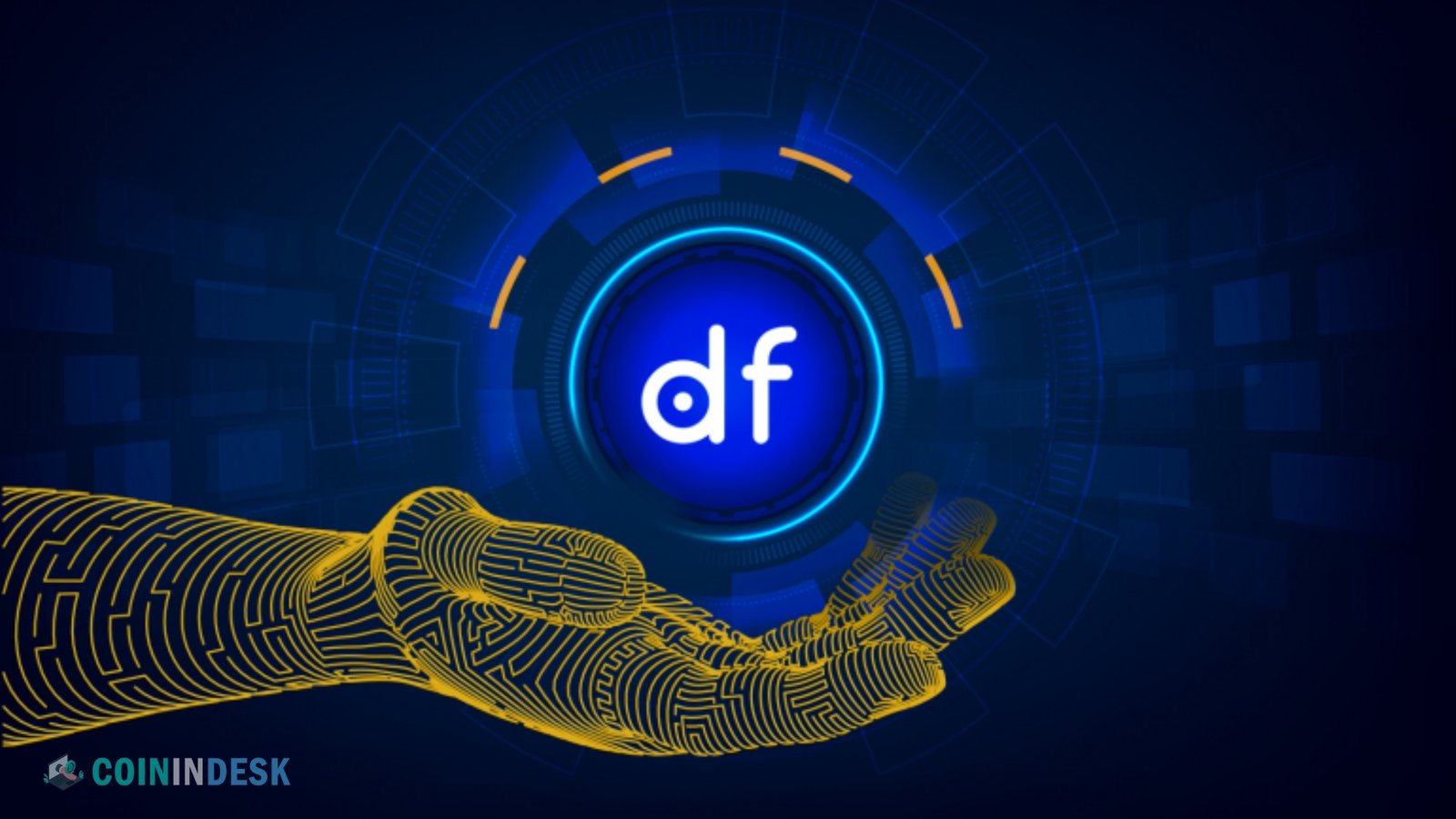A revolutionary force in blockchain technology and digital currency, decentralized finance (DeFi) platforms have arisen in the past several years. DeFi hopes to build a permissionless, transparent, and open financial system by doing away with middlemen such as banks, brokers, and exchanges. Decentralized financial platforms (DeFis) provide decentralized financial services like lending, borrowing, trading, and interest-earning and are built on blockchain technology, namely the Ethereum network. This article delves into the present state of DeFi platforms, what makes them tick, and how they might shake up the world of finance.
What is DeFi?
Decentralized finance (DeFi) refers to a set of financial applications that operate without a central authority. Unlike traditional finance, where banks or institutions act as middlemen, DeFi platforms use blockchain technology to automate and secure financial transactions. The primary goal of DeFi is to make financial services accessible to anyone with an internet connection, regardless of their location or background.
DeFi relies heavily on smart contracts—self-executing contracts with predefined conditions coded into them. These contracts are the backbone of DeFi applications (often called dApps), enabling everything from lending and borrowing to complex derivatives trading. Most DeFi platforms are built on the Ethereum blockchain. However, other networks like Binance Smart Chain, Solana, and Avalanche have also gained traction due to their lower fees and faster transaction times.
The Core Components of DeFi Platforms
Several key components make up the ecosystem of DeFi platforms. Each plays a critical role in delivering decentralized financial services:
Decentralized Exchanges (DEXs)
Unlike centralized exchanges (CEXs), where users need to trust the platform to hold their funds, DEXs allow for peer-to-peer trading directly from users’ wallets. Platforms like Uniswap, SushiSwap, and PancakeSwap enable users to swap tokens without intermediaries. They rely on an Automated Market Maker (AMM) model, where liquidity providers deposit tokens into pools, and users trade against these pools.
Lending and Borrowing Platforms
DeFi lending platforms like Aave, Compound, and MakerDAO allow users to lend their crypto assets and earn interest or borrow assets by providing collateral. These platforms utilize smart contracts to automate the process and determine interest rates based on supply and demand. Borrowers can access liquidity without selling their crypto holdings, while lenders earn yields without needing a financial intermediary.
Stablecoins
Stablecoins are crucial to the DeFi ecosystem, bridging volatile cryptocurrencies and fiat currencies. They are pegged to stable assets like the US dollar, which makes them less volatile and suitable for everyday transactions. Examples include USDT (Tether), USDC (USD Coin), and DAI. DAI is unique because it’s decentralized and backed by Ethereum-based assets rather than traditional fiat reserves.
Yield Farming and Liquidity Mining
Yield farming involves staking or lending assets in a DeFi platform to earn rewards, often through governance tokens or additional interest. Liquidity mining is a subset of yield farming, where users provide liquidity to decentralized exchanges in exchange for rewards. This practice gained immense popularity during the “DeFi Summer” of 2020 when platforms like Yearn.finance and SushiSwap offered lucrative incentives to liquidity providers.
Synthetic Assets and Derivatives
DeFi platforms like Synthetix enable the creation of synthetic assets and digital representations of real-world assets such as stocks, commodities, or fiat currencies. These assets allow users to gain exposure to traditional financial markets without holding the underlying asset. Derivatives, including options and futures, are also becoming increasingly available on DeFi platforms, offering more sophisticated financial tools to users.
Governance Tokens
Many DeFi platforms have introduced governance tokens, which grant holders voting rights on platform upgrades, fee structures, and other critical decisions. These tokens, such as UNI (Uniswap) and AAVE (Aave), decentralize the control of platforms, allowing the community to have a say in their development. Governance tokens often carry additional incentives, such as rewards or profit-sharing mechanisms, contributing to their growing popularity.
Advantages of DeFi Platforms
DeFi platforms bring a multitude of benefits that make them an attractive alternative to traditional financial systems:
- Decentralization: The most significant advantage of DeFi platforms is their decentralization. By removing intermediaries, DeFi provides users with complete control over their assets. There is no need to trust a bank or institution, as smart contracts automate and enforce transactions.
- Global Access: DeFi eliminates geographic barriers, enabling anyone with an internet connection to access financial services. This is especially valuable in regions with underdeveloped banking infrastructure or with limited access to traditional financial services.
- Transparency and Security: Every transaction on a DeFi platform is recorded on a public blockchain, ensuring transparency and accountability. Users can track transactions and verify data in real time, which reduces the risk of fraud or manipulation. Moreover, smart contracts operate autonomously, reducing the need for human oversight, which can introduce errors or bias.
- Cost-Effectiveness: DeFi eliminates many fees associated with traditional finance, such as bank charges, brokerage fees, and currency conversion costs. While gas fees on Ethereum can be high during periods of congestion, alternative blockchains and layer-2 solutions address this issue by offering cheaper transactions.
- Censorship Resistance: DeFi platforms are immune to censorship, as no single entity controls the network. DeFi is particularly appealing in countries where governments heavily regulate or restrict financial transactions.
- Programmability: The flexibility of smart contracts allows developers to create a wide variety of financial products, from simple lending platforms to complex derivatives markets. This level of programmability offers limitless possibilities for innovation within the DeFi ecosystem.
Challenges Facing DeFi
Despite its rapid growth, DeFi is not without its challenges:
Security Risks
Smart contracts, while revolutionary, are not foolproof. Bugs and vulnerabilities in code have led to several high-profile exploits and hacks, resulting in millions of dollars in losses. Platforms like Compound and Cream Finance have been victims of such attacks, raising concerns about the safety of funds on DeFi platforms.
Scalability
Ethereum, the most widely used blockchain for DeFi applications, has faced significant scalability issues. During periods of high demand, gas fees can soar, making it expensive for users to interact with DeFi protocols. However, solutions like Ethereum 2.0, layer-2 scaling technologies (e.g., Optimism, Arbitrum), and alternative blockchains (e.g., Solana, Avalanche) are working to address these issues.
Regulatory Uncertainty
As DeFi continues to grow, regulators are paying closer attention. Governments worldwide are grappling with how to regulate decentralized financial platforms, particularly concerning anti-money laundering (AML) and know-your-customer (KYC) rules. While DeFi operates decentralized, many platforms may eventually need to comply with regulatory frameworks, which could stifle innovation or limit their global reach.
User Experience and Education
The complexity of interacting with DeFi platforms remains a barrier for many potential users. Managing private keys, navigating wallets, and understanding the risks of lending or staking can be daunting for newcomers. User-friendly interfaces and better educational resources are essential to bring DeFi to a broader audience.
The Future of DeFi
The DeFi ecosystem is still in its early stages, but its potential is vast. DeFi could fundamentally reshape the global financial system as technology evolves by providing more inclusive, transparent, and efficient financial services. Innovations like cross-chain interoperability, where assets and information can flow seamlessly between different blockchains, will further enhance the capabilities of DeFi platforms.
Additionally, the integration of DeFi with traditional finance, known as “CeDeFi” (Centralized Decentralized Finance), is already beginning to take shape. This hybrid approach could offer the best of both worlds, combining the transparency and efficiency of DeFi with the regulatory oversight and security of centralized finance.
In conclusion, DeFi platforms transform how we think about and interact with financial systems. While challenges remain, the momentum behind DeFi shows no signs of slowing down. As the technology matures and regulatory clarity improves, decentralized finance could become a cornerstone of the global economy.


